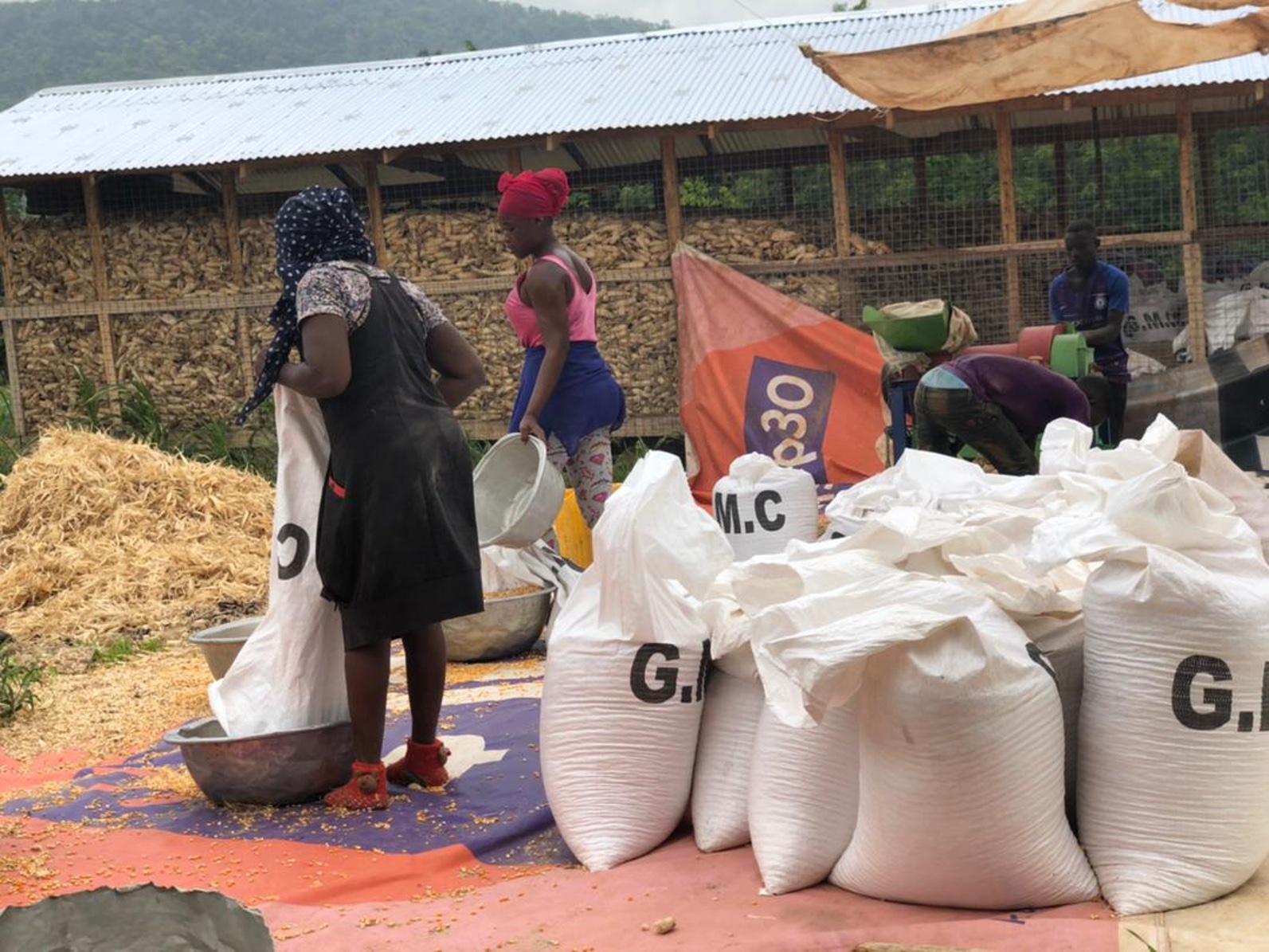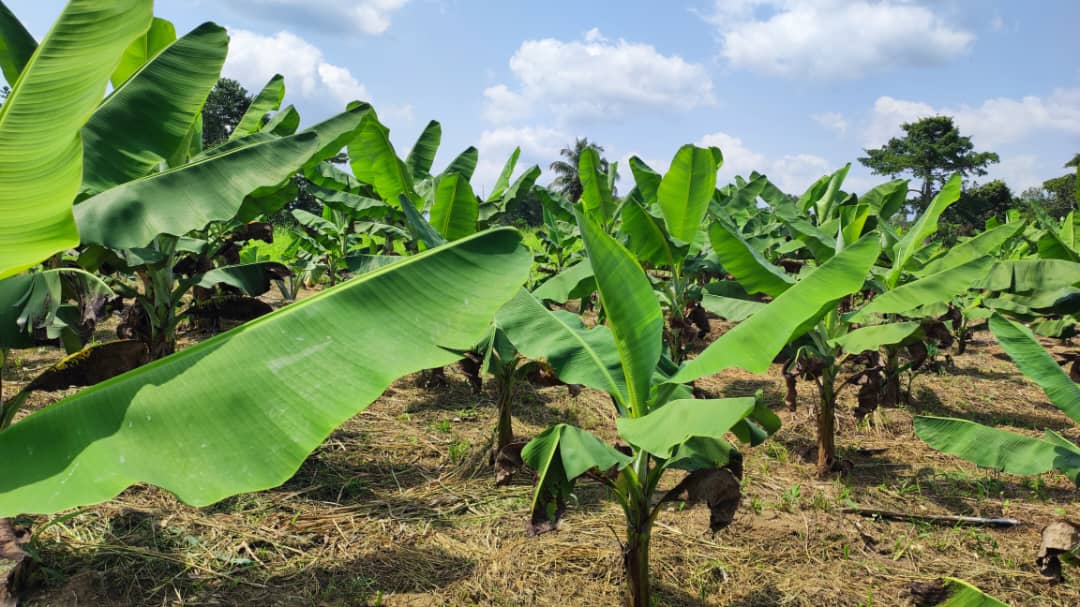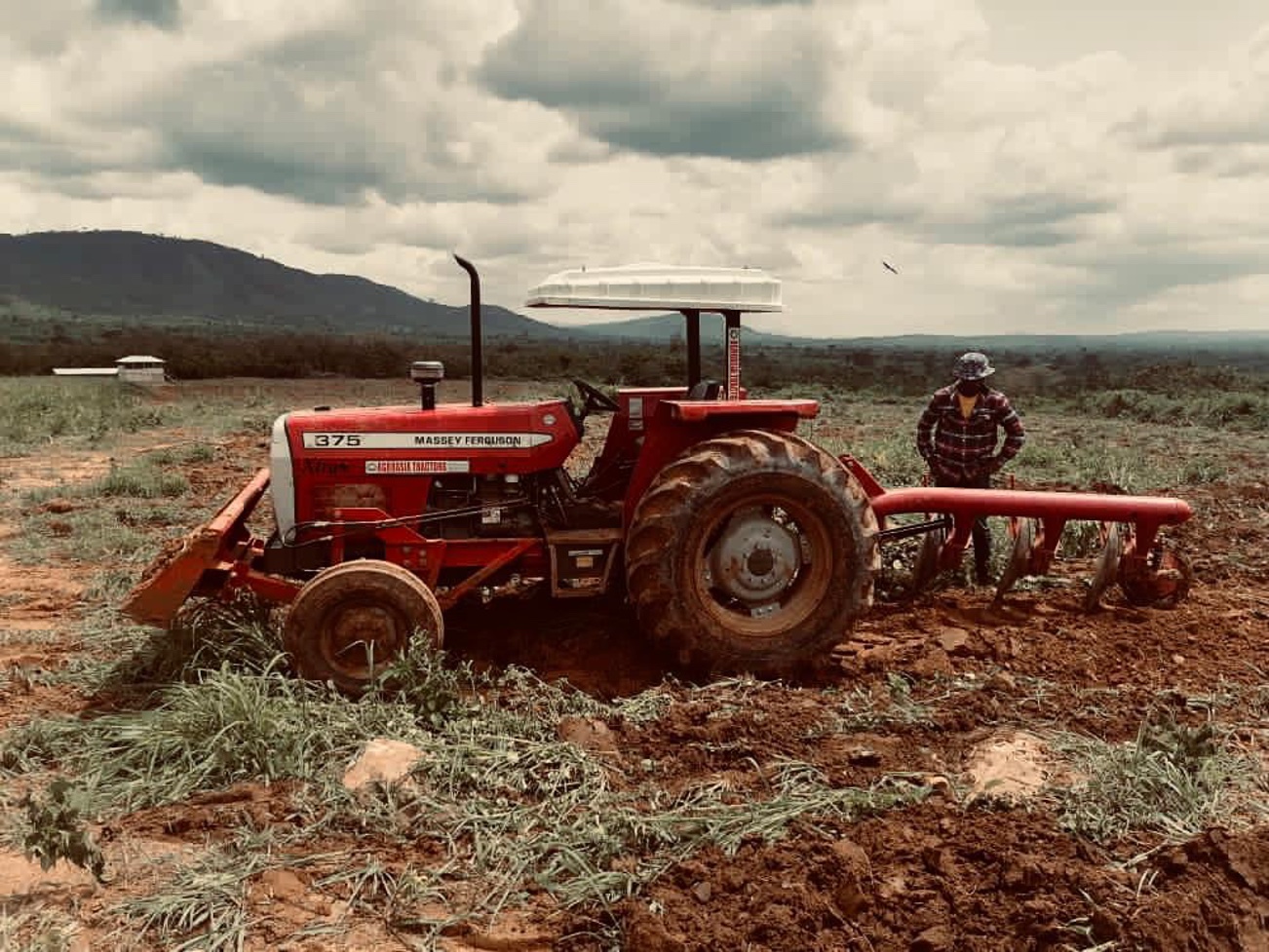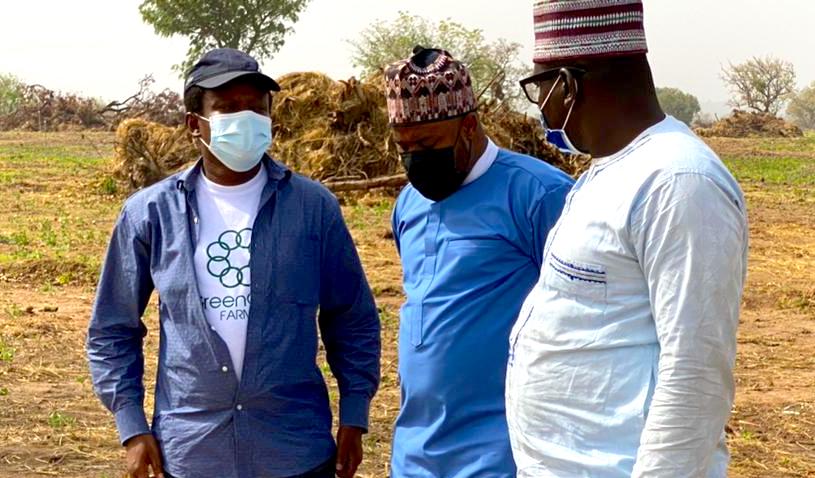Improper handling of maize during the post-harvest period can drastically affect its quality. If not stored or processed well, maize can suffer damage or worse—it can be unfit for either human or animal consumption.
To prevent this from happening, we put a lot of emphasis on the management and implementation of the best post-harvest practices for our maize yield.
To start off, the maize was dried immediately after harvest in order to avoid creating a conducive environment for pest breeding. We dried the maize in our newly constructed narrow crib (47×12 feet). Earlier on, we realized that it was best not to perform the process directly on the ground to prevent soil and dirt contamination which could result to fungal or mold growth.
That said, our farm casuals and handlers were advised to use the appropriate drying facilities to protect the maize from contaminants and unpredictable weather.
Aside from using special drying facilities, we paid attention to the moisture content of maize. After harvest, the maize had a high moisture content and therefore had to be reduced to 11% -12% to prevent mold growth and consequently, damage or post-harvest food waste.
After drying the maize for 14 days, the grains were ready to be separated from the cobs. It was important to minimise damage to grain during this process as breakage of the grains or protective husks thus reducing the product’s quality and fostering subsequent losses from the action of insects and moulds. We acquired a motorized thresher, which gave us an output up to 700 kg per hour, as compared to the traditional method with an output of 7-12kg/hour.
Threshing operations leave all kinds of trash mixed with the grain; and can adversely affect subsequent storage and processing conditions. The cleaning/winnowing operation aims at removing as much trash as possible from the threshed grain. For this part, we employed several local women to separate chaff and other light trash from the grain manually.
The final step was to weigh and bag the grains in 50 kg polyester bags per the buyer’s specification. The target for each was 50 kg which was always exceeded by the team.
To summarize, we believe putting in place the best post-harvest practices for our maize has helped improve post-harvest handling and management against insect infestation, mold growth, inclement weather and more. However, we acknowledge that the prospect is there but we can do better moving forward.
For our next cycle, we will scale up our cultivation area from 40 acres to 100 acres in the Okere District.











